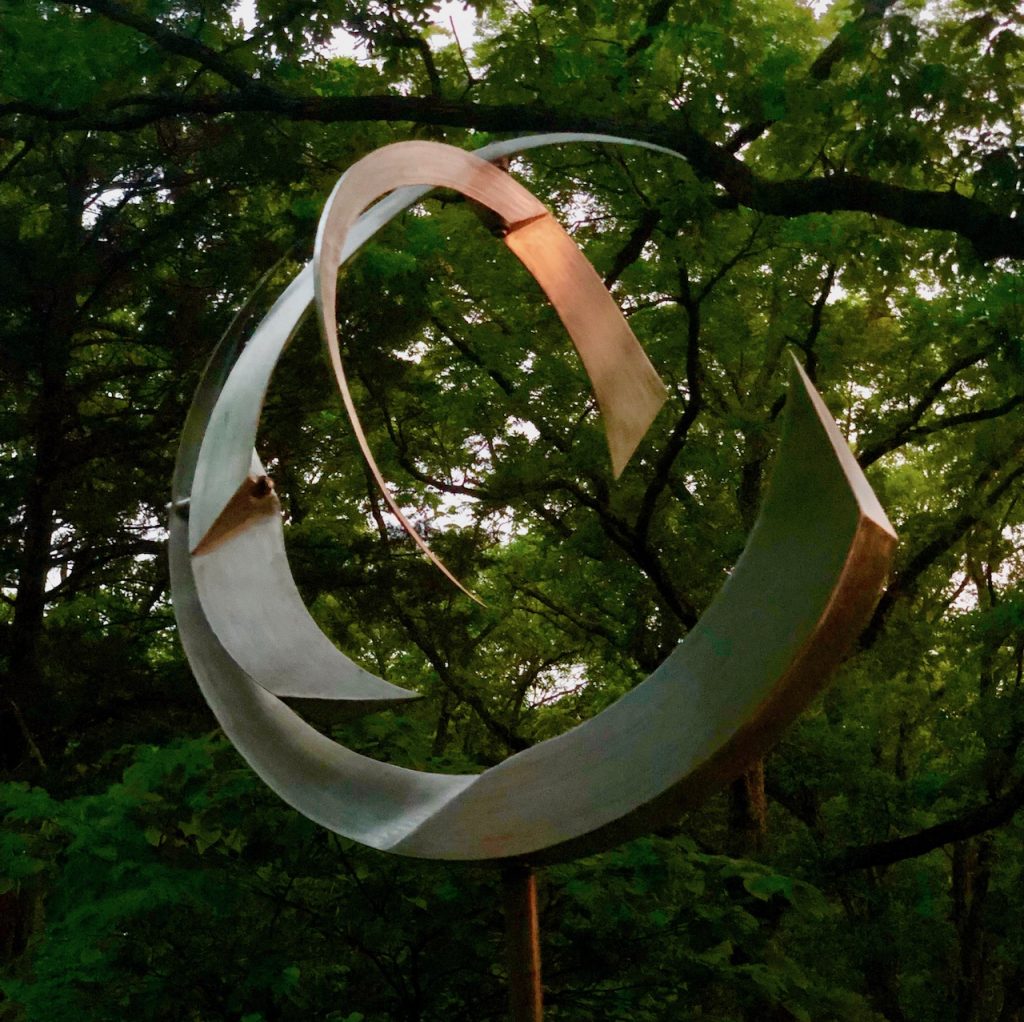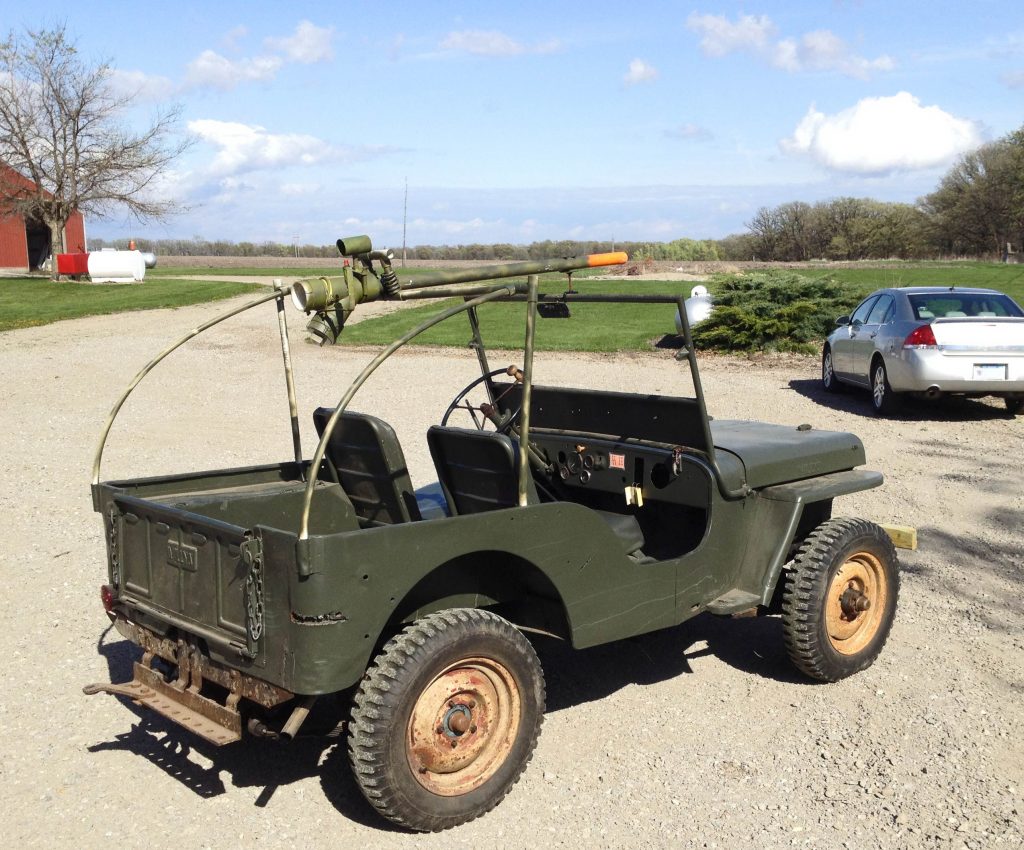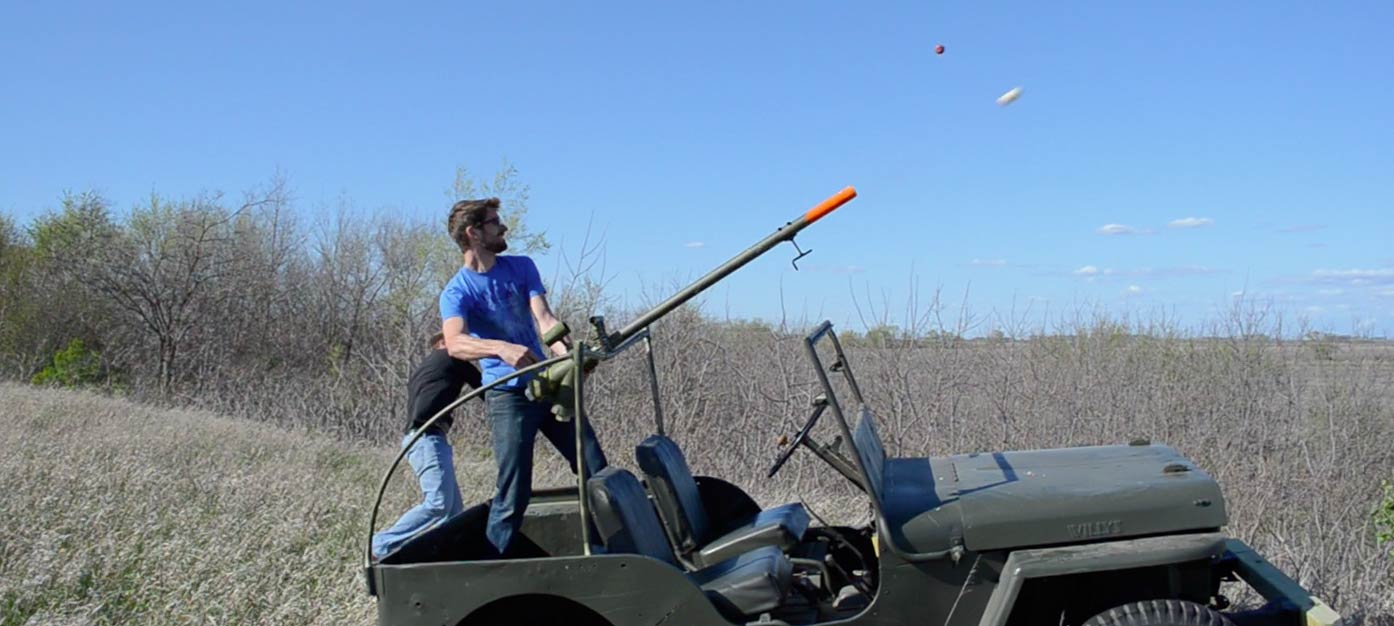My search for a wheel rim for my pickup truck led me to All Type Auto Parts in nearby Holts Summit. I didn’t find the rim but I found a wonderful collection of junk. You can see more in this 3 minute video.
That’s Larry on the phone. He said he reorganized the back wall recently to put the gas caps together. I don’t pretend to know what art is… but I know what I like.
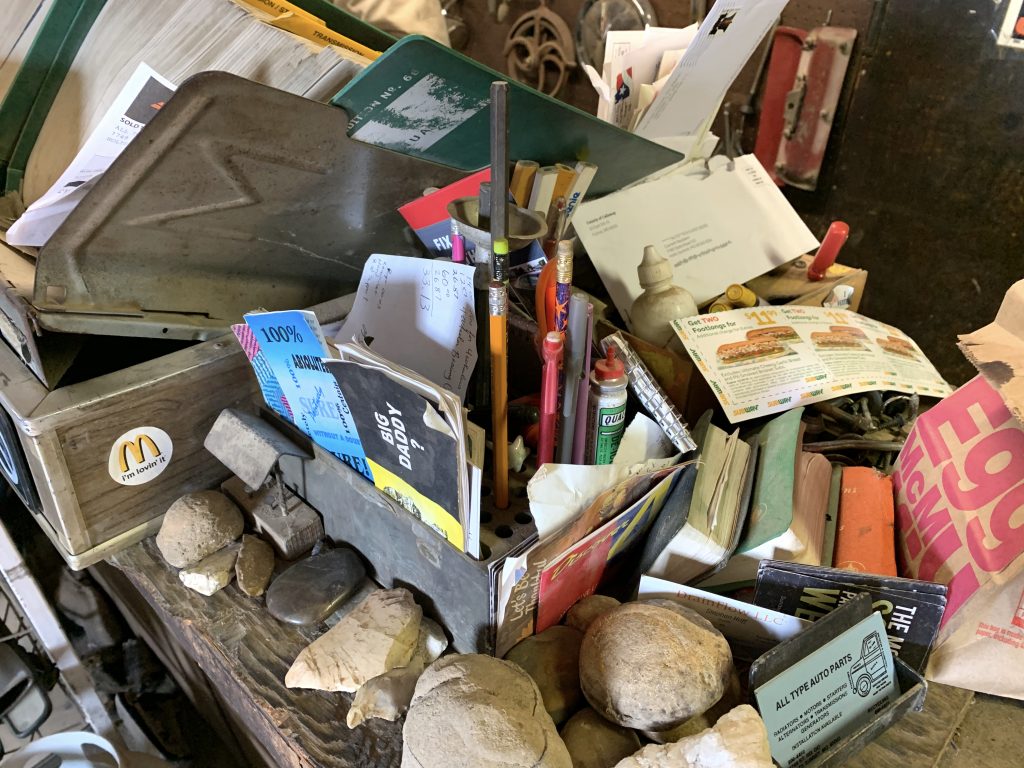 In the photo above there’s a rock at the bottom/middle of the image that looks like the top has been sliced off. One of the guys told me he found the bottom part one day while walking around. Later in the day — in a different part of the salvage yard — he found the top. He’s still amazed. As am I.
In the photo above there’s a rock at the bottom/middle of the image that looks like the top has been sliced off. One of the guys told me he found the bottom part one day while walking around. Later in the day — in a different part of the salvage yard — he found the top. He’s still amazed. As am I.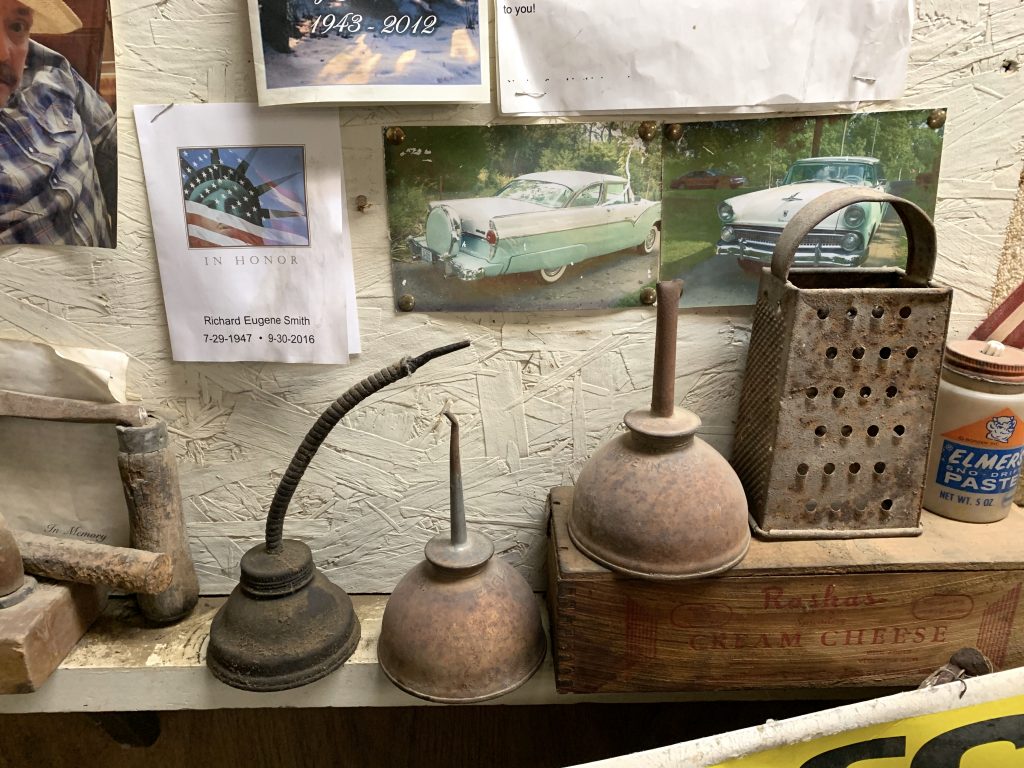

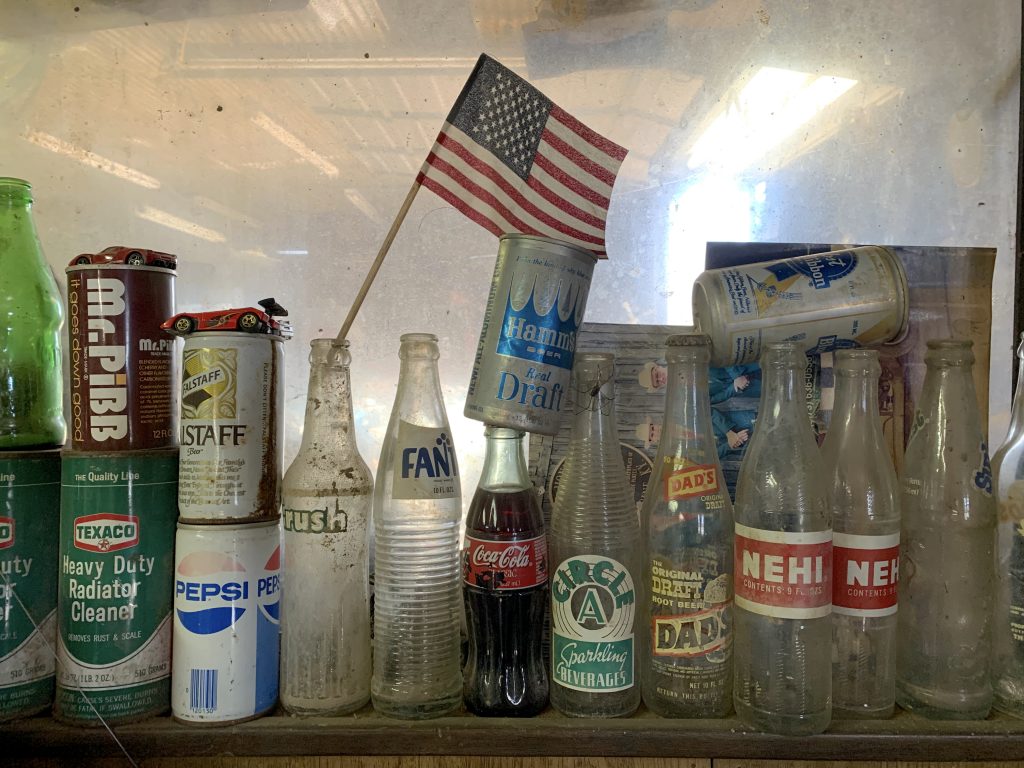 I was intrigued by the collection of car radios and sound components. The guys conceded this was dead tech but had no explanation for why they were saving these.
I was intrigued by the collection of car radios and sound components. The guys conceded this was dead tech but had no explanation for why they were saving these.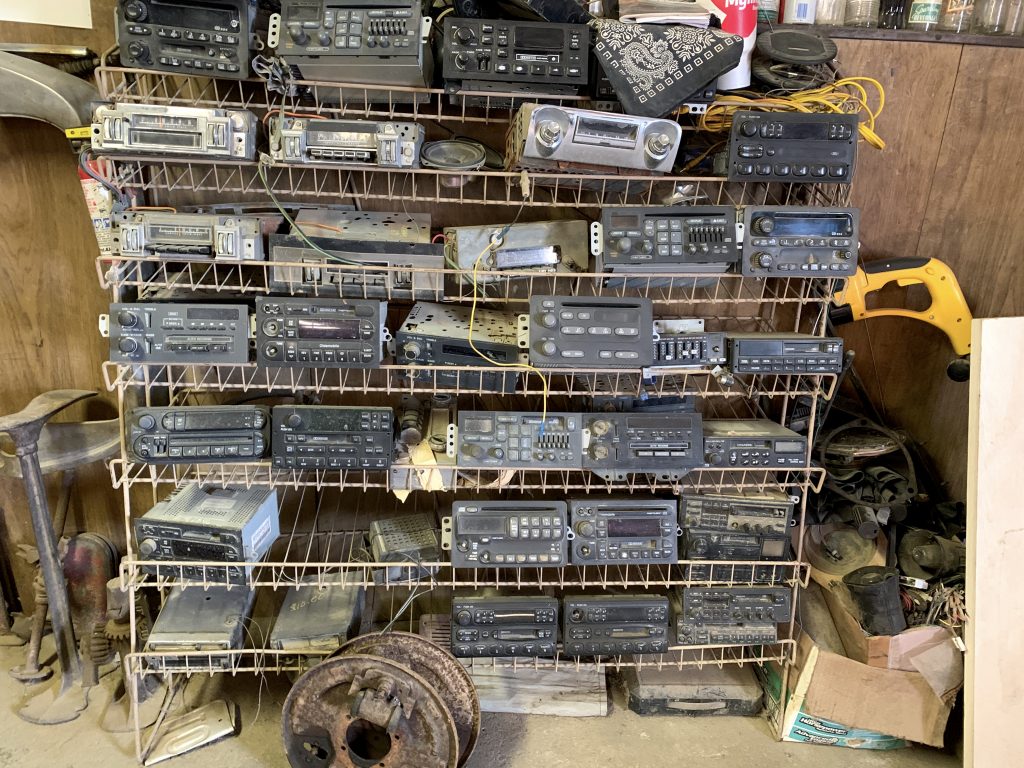
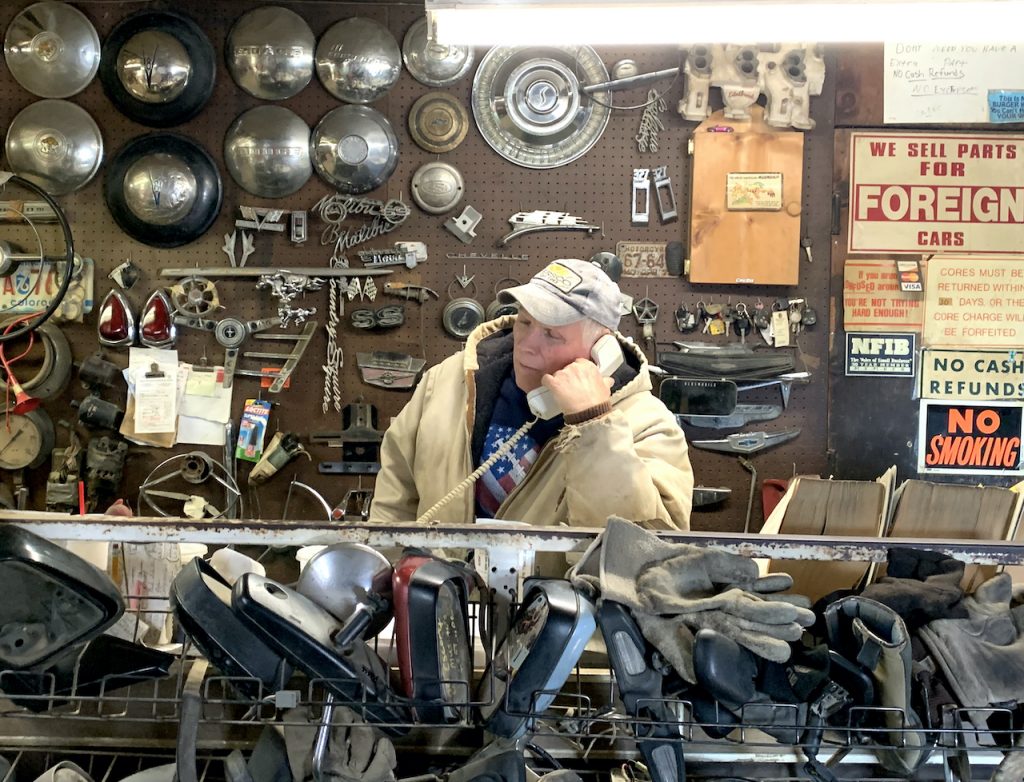 If I snuck into the office some night and moved some things around on the wall… I have no doubt Larry and the guys would spot it immediately the next morning.
If I snuck into the office some night and moved some things around on the wall… I have no doubt Larry and the guys would spot it immediately the next morning.
Category Archives: Art/Style/Culture
“Downpour,” by Billy Collins
Last night we ended up on the couch
trying to remember
all of the friends who had died so far,
and this morning I wrote them down
in alphabetical order
on the flip side of a shopping list
you had left on the kitchen table.
So many of them had been swept away
as if by a hand from the sky,
it was good to recall them,
I was thinking
under the cold lights of a supermarket
as I guided a cart with a wobbly wheel
up and down the long strident aisles.
I was on the lookout for blueberries,
English muffins, linguini, heavy cream,
light bulbs, apples, Canadian bacon,
and whatever else was on the list,
which I managed to keep grocery side up,
until I had passed through the electric doors,
where I stopped to realize,
as I turned the list over,
that I had forgotten Terry O’Shea
as well as the bananas and the bread.
It was pouring by then,
spilling, as they say in Ireland,
people splashing across the lot to their cars.
And that is when I set out,
walking slowly and precisely,
a soaking-wet man
bearing bags of groceries,
walking as if in a procession honoring the dead.
I felt I owed this to Terry,
who was such a strong painter,
for almost forgetting him
and to all the others who had formed
a circle around him on the screen in my head.
I was walking more slowly now
in the presence of the compassion
the dead were extending to a comrade,
plus I was in no hurry to return
to the kitchen, where I would have to tell you
all about Terry and the bananas and the bread.
You can hear the poet read his poem here.
Open Wide
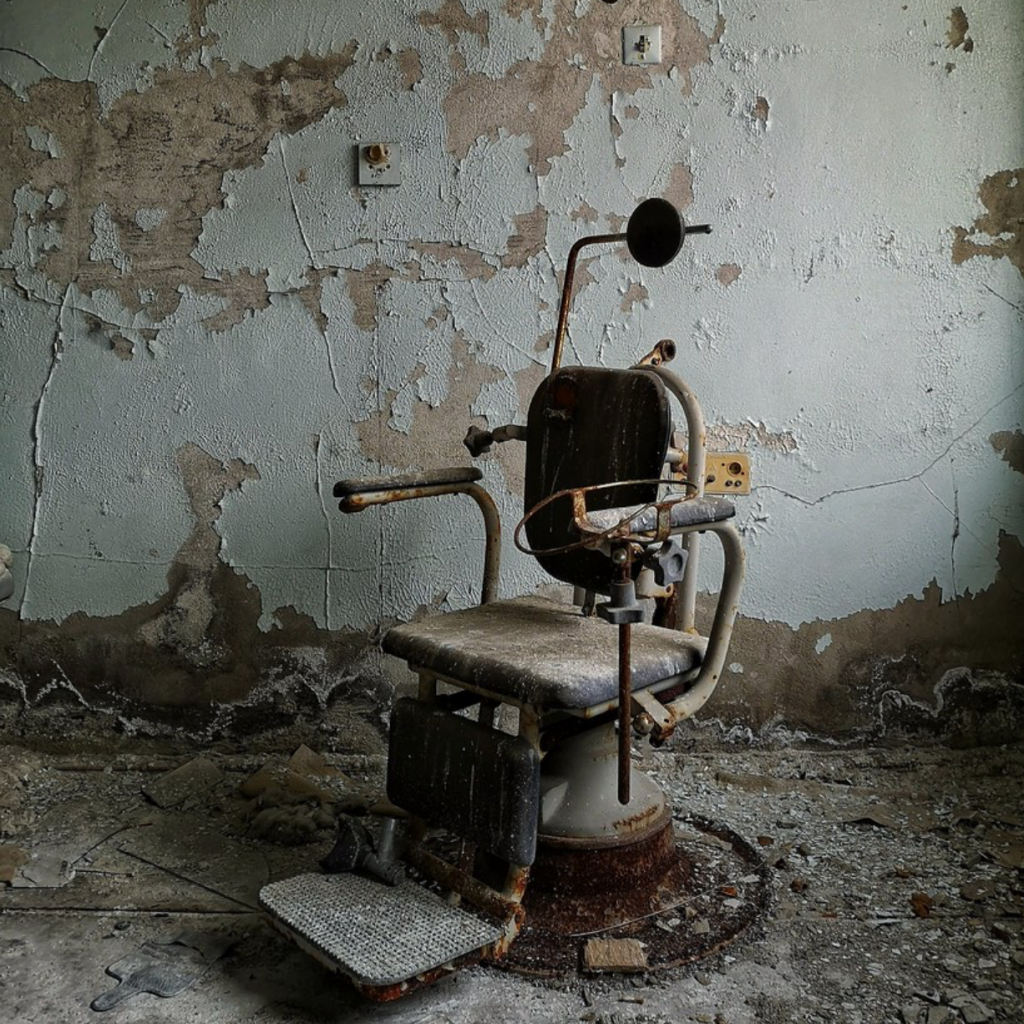 Another great photo/find from Matthew Hampshire.
Another great photo/find from Matthew Hampshire.
Burning Man Art Tour 2019
Wind sculpture catches a ray from setting sun
Five animated poems by Billy Collins
Dead Bugs
Badass Tricycle
Jeep Mounted Potato Cannon
Calling card
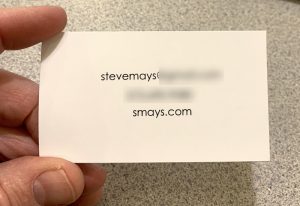 “A visiting card, also known as a calling card, is a small card used for social purposes. Before the 18th century, visitors making social calls left handwritten notes at the home of friends who were not at home. By the 1760s, the upper classes in France and Italy were leaving printed visiting cards decorated with images on one side and a blank space for hand-writing a note on the other. The style quickly spread across Europe and to the United States. As printing technology improved, elaborate color designs became increasingly popular. However, by the late 1800s, simpler styles became more common.”
“A visiting card, also known as a calling card, is a small card used for social purposes. Before the 18th century, visitors making social calls left handwritten notes at the home of friends who were not at home. By the 1760s, the upper classes in France and Italy were leaving printed visiting cards decorated with images on one side and a blank space for hand-writing a note on the other. The style quickly spread across Europe and to the United States. As printing technology improved, elaborate color designs became increasingly popular. However, by the late 1800s, simpler styles became more common.”
“By the 19th century, men and women needed personalized calling or visiting cards to maintain their social status or to move up in society. These small cards, about the size of a modern-day business card, usually featured the name of the owner, and sometimes an address. Calling cards were left at homes, sent to individuals, or exchanged in person for various social purposes. Knowing and following calling card “rules” signaled ones one’s status and intentions.” (Wikipedia)
Somewhere along the way these evolved into “business cards” and titles and fax numbers and addresses were added. Before contact databases it was common to have huge collections of these little pieces of cardboard.
When I retired I tossed a couple boxes of these (I think I shredded them). And then I realized how handy they can be. Instead of jotting down a phone number or email address on a scrap of paper that will be quickly lost, I keep a few of these in my pocket.

